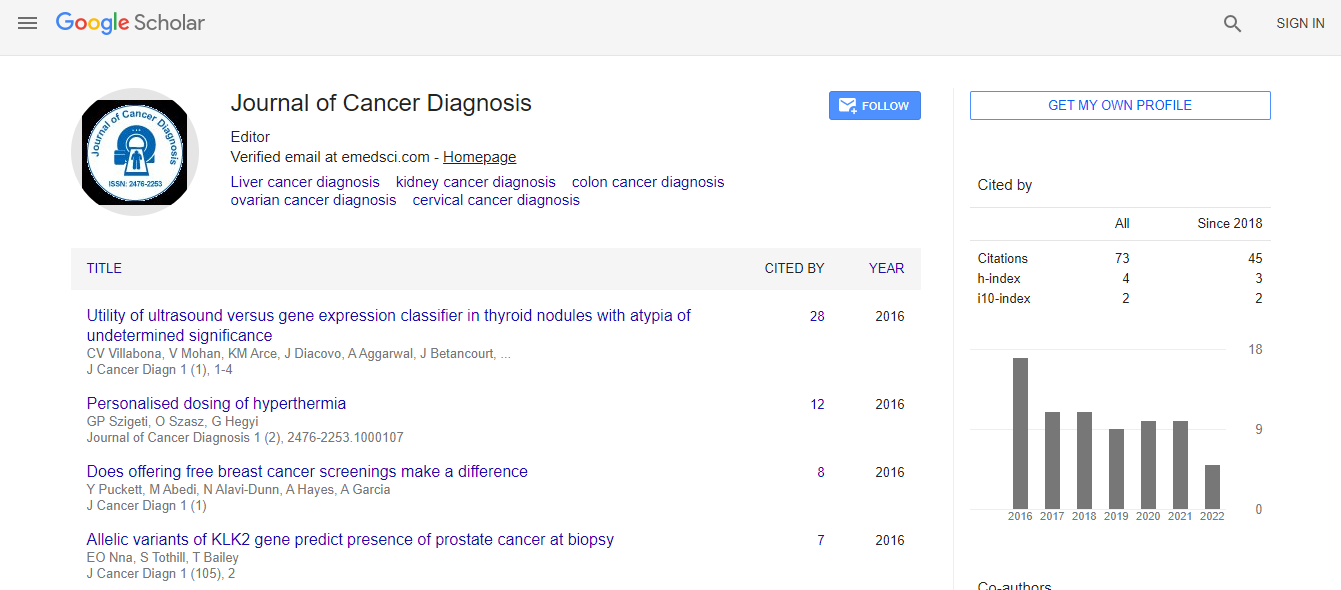Knowledge and Utilization of Cervical Cancer Screening Service among Women in Ethiopia: A Systemic Review and Meta Analysis
*Corresponding Author:
Copyright: © 2021 . This is an open-access article distributed under the terms of the Creative Commons Attribution License, which permits unrestricted use, distribution, and reproduction in any medium, provided the original author and source are credited.
Abstract
Background: The purpose of this meta-analysis was to assess the association between knowledge and utilization of cervical cancer screening services among women in Ethiopia. Previous tests of the association of knowledge and utilization of cervical cancer screening services have yielded inconsistent results. Using data from 12 studies, from different regions of Ethiopia we performed a meta-analysis with a specific focus on women's utilization of cervical cancer screening service. Methods: Electronic databases were searched from 2014 to 2019.on reference manager software reporting knowledge and utilization of cervical cancer screening service. Data extraction and assessment were guided by PRISMA checklist. Observational studies and studies with Newcastle-Ottawa Scale score of 5 or greater were included in the review. The pooled adjusted Odds Ratios (OR) and 95% confidence intervals were obtained using random effect model We applied the randomeffects analytic model and calculated a pooled odds ratio. Results: A total of 12 observational studies involving 4704 participants, 1235 of which had utilization of cervical cancer screening service were eligible for inclusion in this meta-analysis The summary OR for utilization of cervical cancer screening services comparing Women who know cervical cancer screening service versus Women who did not know cervical cancer screening service was 1.16 (95%CI 0.28 to 4.77), P=0.813, I2=96.23% %). There was significant=heterogeneity for all studies (Q=291.78; P=0.000;I2=96.23%%. No publication bias was observed (Egger’s test: P=0.693, Begg’s test: P=0.131).47.16% (2218) Women who know cervical cancer screening service 11.41% (537) engaged in the utilization of cervical cancer screening services. The proportion of utilization of cervical cancer screening service among women aged>20 years was 18.22% in 6 of the 12 studies. The overall proportion of utilization of cervical cancer screening was 24.21% and 28.08% among having knowledge of cervical cancer screening service and not having knowledge cervical cancer screening service respectively. Conclusion: Our findings suggest that knowledge of cervical cancer screening service is not directly related to the likelihood that they practice cervical cancer screening. The relationship between age and utilization of cervical cancer screening should be explored further.

 Spanish
Spanish  Chinese
Chinese  Russian
Russian  German
German  French
French  Japanese
Japanese  Portuguese
Portuguese  Hindi
Hindi 